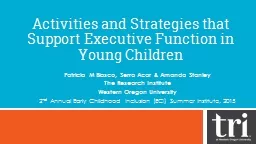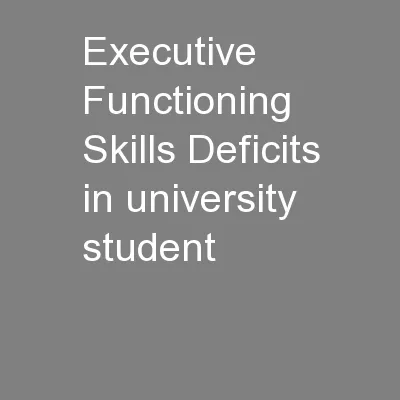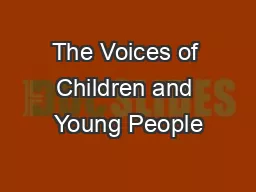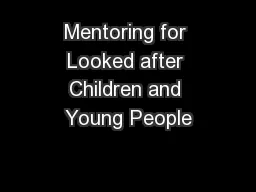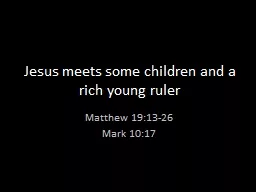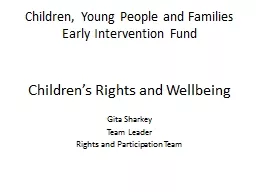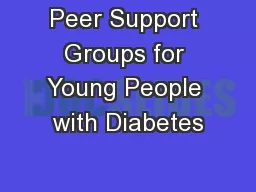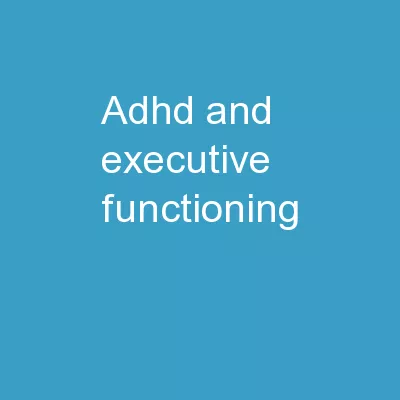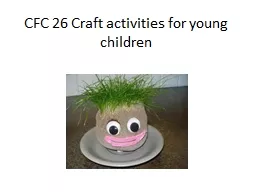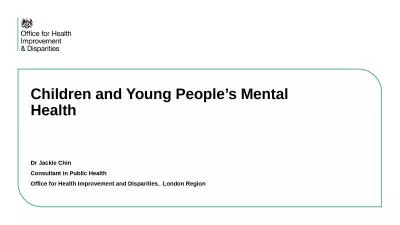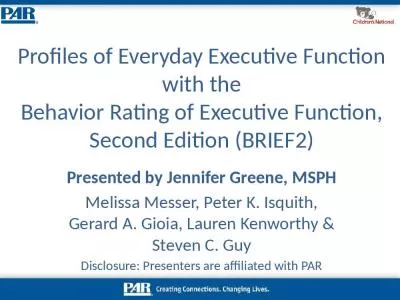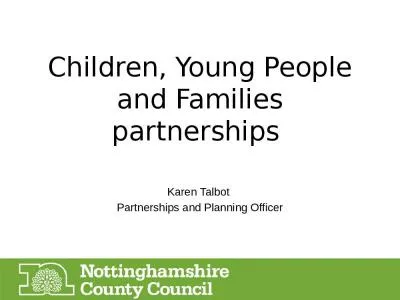PPT-Activities and Strategies that Support Executive Function in Young Children
Author : liane-varnes | Published Date : 2019-11-02
Activities and Strategies that Support Executive Function in Young Children Patricia M Blasco Serra Acar amp Amanda Stanley The Research Institute Western Oregon
Presentation Embed Code
Download Presentation
Download Presentation The PPT/PDF document "Activities and Strategies that Support E..." is the property of its rightful owner. Permission is granted to download and print the materials on this website for personal, non-commercial use only, and to display it on your personal computer provided you do not modify the materials and that you retain all copyright notices contained in the materials. By downloading content from our website, you accept the terms of this agreement.
Activities and Strategies that Support Executive Function in Young Children: Transcript
Download Rules Of Document
"Activities and Strategies that Support Executive Function in Young Children"The content belongs to its owner. You may download and print it for personal use, without modification, and keep all copyright notices. By downloading, you agree to these terms.
Related Documents

